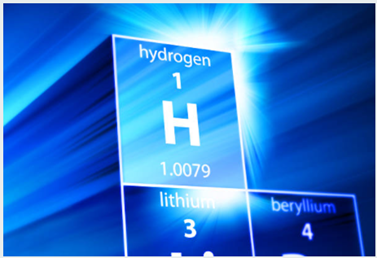It’s always interesting to look at the topics of my favorite engineering conferences and see what’s in vogue in a given year. What jumped out at me this year at the ASME TurboExpo was the hot topic of hydrogen.

From an economic perspective, the appeal is certainly clear to see. Hydrogen fuel produces no carbon dioxide (CO2) and the future regulatory environment for CO2 emission is wildly uncertain. The price of various energy sources far into the future is also a mystery and long time scales are needed to recoup the massive investments required for energy production. Hydrogen offers a fuel source that is highly compatible with more conventional natural gas and can largely be swapped out as needed. Alternative energy sources can also be adapted in some situations to generate hydrogen for later use for load balancing of the electrical grid.
Of course, it’s not all quite that easy for gas turbines. The combustor needs significant modification to work with hydrogen. Storage is also a problem since the energy density is somewhat lower for hydrogen than other fuels. It also has an annoying tendency to leak through the tiniest of holes and even bleed right through certain materials, a real liability for an explosive gas. Despite these problems, OEM are already starting to offer gas turbines that are at least partially compatible with hydrogen where it can be mixed in (in modest amounts) with natural gas.
What’s not clear to me just yet is what the potential impact on turbine design will be down the line. Common sense says that a different fluid passing through a piece of turbomachinery would require a different design to get maximum performance. In the hyper competitive area of large-scale power production, this would certainly be a concern. But just how different is hydrogen fueled combustor exhaust in an aerodynamic sense? True, there’s no CO2 in there, which is the whole point of the conversion. But the other products, of nitrogen, water, residual oxygen etc. are basically the same and are not radically different thermodynamically and fluid mechanically from CO2. I’m sure a consensus will emerge before too long. My guess is that highest end gas turbines will do anything and everything it takes to get the tiniest gain in efficiency while the more modest scale machines will be slow to upgrade their designs.
We welcome your questions and comments here or contact us at info@conceptsnrec.com for further dialogue.
#turbine #renewableenergy #turbomachinery





